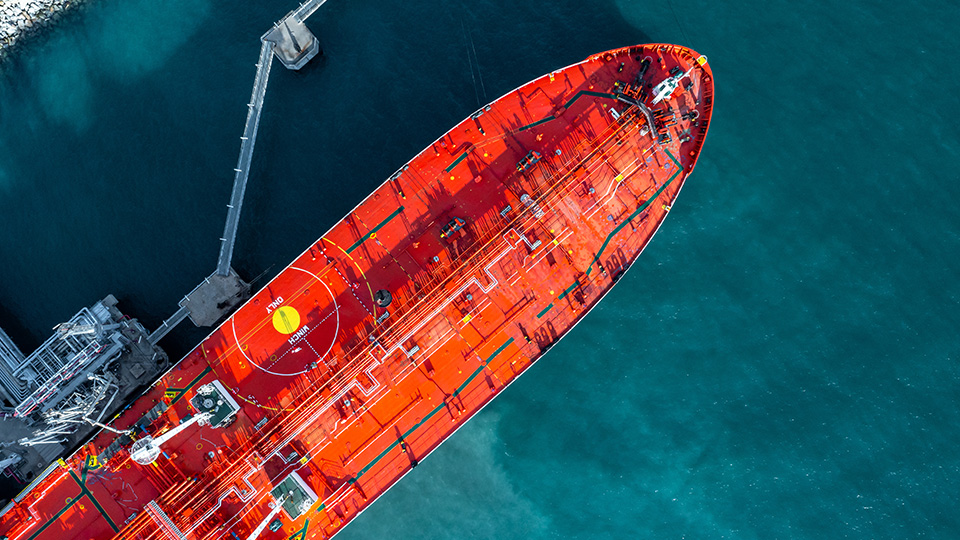
CONTACT BIMCO
Lars Robert Pedersen
Deputy Secretary General
Copenhagen, Denmark
- +45 4436 6851
- hsse@bimco.org

There will always be teething issues when a new regulation comes into force. At BIMCO, however, we have rarely experienced a regulation that has thrown the industry into as much turmoil as the CII regulation. However, if shipowners fix their eyes on five letters: SEEMP, and work in close collaboration with charterers, the industry may be off to a good start despite a regulatory framework that is complicated and imperfect.
This opinion article by BIMCO was written for Naftika Chronika of Greece - see pages 38-40 of ΝΑΥΤΙΚΑ ΧΡΟΝΙΚΑ - MARTIOS 2023 (naftikachronika.gr)
Another issue that we often encounter when we advise our members about the CII framework is that a low rating supposedly equals an inferior ship, a ship that may not be commercially worth as much as a ship with a higher rating. When looking closer at the CII, what it really reflects, however, is a combination of a certain degree of technical efficiency combined with the actual operation of the ship throughout the previous year. We already have objective measures specifically for the technical efficiency of a ship: the EEXI and EEDI.
Most ships are about to have a rating attached to them, and it is important to remember that the rating seen in isolation is not enough to conclude whether a ship is inferior or not. The rating of the ship likely says more about the trade it performed last year than whether it is inferior or not from a technical efficiency standpoint.
Due to the nature of the CII framework, I believe we should be very careful sticking an inferior label on ships based on their ratings. It seems fairer to say that we are labelling the trades that the ships performed the previous year rather than the ships themselves.
“The CII regulation has no teeth”. “There is no enforcement”. These are common criticisms but, in my view, perhaps premature ones. The regulation is an International Maritime Organization (IMO) instrument, a convention. Its enforcement, as is the case with all IMO instruments, lies with the IMO Member States. It is primarily the flag states that enforce IMO Conventions by implementing them in their national laws and applying them to the ships that fly their flags. In addition, there is a second layer of enforcement by the Port State Controls directed at foreign flagged ships. This is the way the whole system is built.
So, does the regulation have teeth, or not? Is there any “hard” enforcement? Any consequences? The answer is that there is no hard enforcement, yet, and with the CII framework in its current form, perhaps that is not a bad thing. At least for now. We must remember that commercial utilisation of a ship under the present CII framework will likely lead to a poorer rating by default. Once a ship starts calling at ports offloading or loading cargo while not moving, sitting at anchorages awaiting orders, or transporting cargo around the world, the rating is by default negatively affected.
This framework is flawed, there is no doubt about that. But it is here to stay and in its current form, now may not be the best time to call for rigid enforcement and consequences. Our industry is embarking on new ways of doing business, a new way for shipowners and charterers to work together. There are most certainly teething problems but with the will from everyone involved to do their part and co-operate, I believe our industry will be able to adapt to yet another regulation that at least intends to get us one step closer to being greener.
In the meantime, BIMCO and others are busy working out a more suitable CII metric and scope of application to ensure that the rating of a ship is underpinning the business imperative of the market actors. Hopefully, we will be able to introduce the necessary changes during the review of the CII framework to be completed before 1 January 2026.